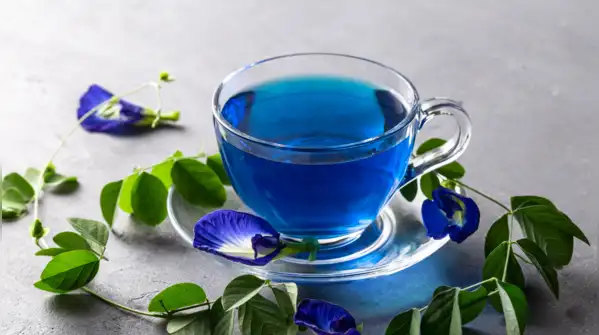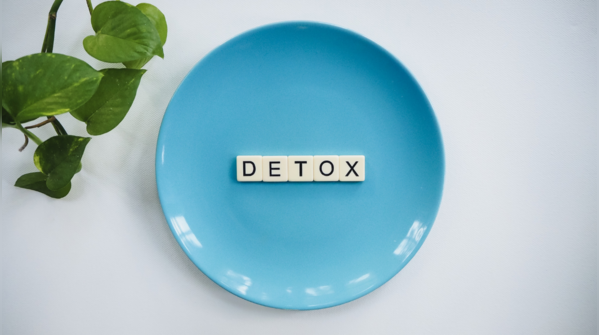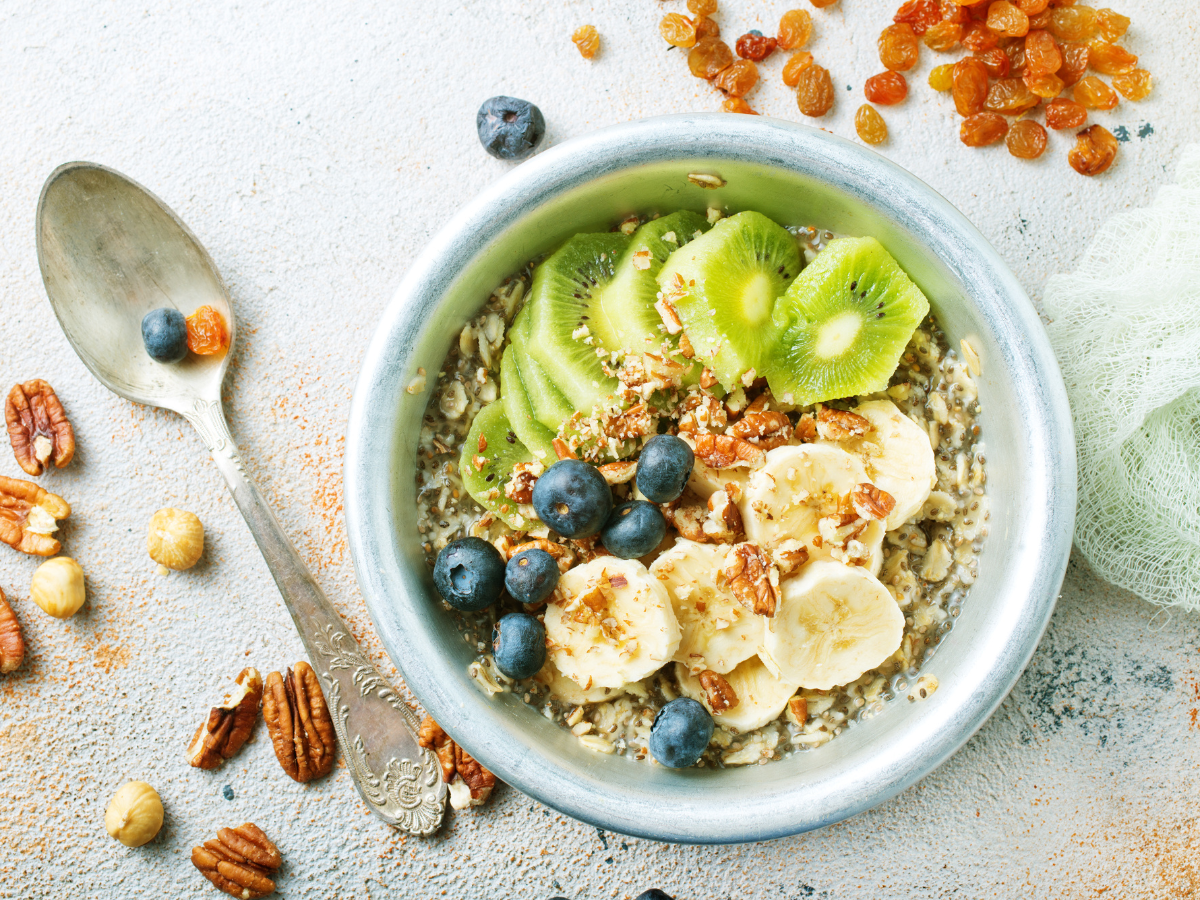
1/7
Why should we drink blue tea every morning on an empty stomach
Some mornings feel rushed. Some feel heavy. But there’s something unusually calming about beginning the day with a soft-hued cup of blue tea. Made from the petals of Clitoria ternatea, also known in India as Aprajita or Shankhpushpi, this herbal tea has roots in Ayurveda and Southeast Asian traditions. The vivid blue colour isn’t just pretty — it holds within it a powerhouse of healing compounds.
This isn’t just about trends or Instagram-worthy drinks. Blue tea brings along some deeply therapeutic benefits. Here’s all we need to know about what it truly does, and doesn’t, offer when consumed regularly every morning.

2/7
Said to boost brain health
Blue tea is often praised as a ‘memory elixir’ in traditional medicine. The petals of Aprajita are known to contain anthocyanins, natural antioxidants responsible for the rich blue colour.
Some animal studies have shown that Clitoria ternatea may help improve memory and cognitive functions by enhancing acetylcholine levels, a neurotransmitter linked to learning. However, large-scale human studies are still missing. That said, a calm start to the day with blue tea — free of caffeine — may help set a more focused tone for the day ahead.

3/7
Reduces stress without making one drowsy
Many calming teas lead to drowsiness or sluggishness. Blue tea seems to find a balance. It doesn’t have caffeine, yet it somehow manages to ease restlessness without numbing alertness.
The flavonoids in blue tea may help reduce cortisol levels (stress hormone), based on preliminary studies. People who sip it regularly have reported a subtle sense of calm without the need to ‘wake up again’ after the tea. That makes it a beautiful early-morning drink before meditation, journaling, or light movement.

4/7
A gentle cleanse
There's buzz around detox drinks. Many are harsh, diuretic-heavy concoctions that may leave the body drained. Blue tea is different.
Clitoria ternatea acts as a mild diuretic. It helps promote urine flow, thereby assisting the body in flushing out toxins gently. But this is not a crash cleanse — it doesn’t cause dehydration or sudden urges. Just a slow, natural support to the kidneys every morning.

5/7
May help support eye health in the long run
One lesser-known traditional use of Aprajita flowers lies in eye care. In Ayurveda, it’s believed to improve vision and reduce strain.
The flower contains proanthocyanidins — compounds that improve blood flow in the capillaries of the eyes. While no mainstream human trial has confirmed it as a treatment for eye disorders, those who work on screens or read a lot may benefit from its subtle long-term support.

6/7
A flower that supports healthy blood sugar levels
Many assume blue tea helps in weight loss, but there’s little evidence for that. What it actually may help with is glucose regulation.
A study found that extracts of Clitoria ternatea helped reduce blood sugar spikes after meals in animal models. This points to its potential in supporting insulin sensitivity. When consumed on an empty stomach, it might help create a better glucose environment for the rest of the day, though this should not replace medical treatment in diabetic individuals.

7/7
Strong anti-inflammatory action hidden in its petals
Inflammation is the invisible fire behind many chronic diseases, from joint pain to heart issues.
Blue tea is rich in flavonoids and polyphenols that help reduce inflammation. This makes it more than a feel-good morning ritual. Over time, its daily use may play a protective role in long-term wellness, especially for those with sedentary jobs or irregular eating patterns.(The information shared in this article is meant for general awareness and is not a substitute for professional medical advice, diagnosis, or treatment.)
Follow Us On Social Media

 4 hours ago
45
4 hours ago
45




























 English (US)
English (US)